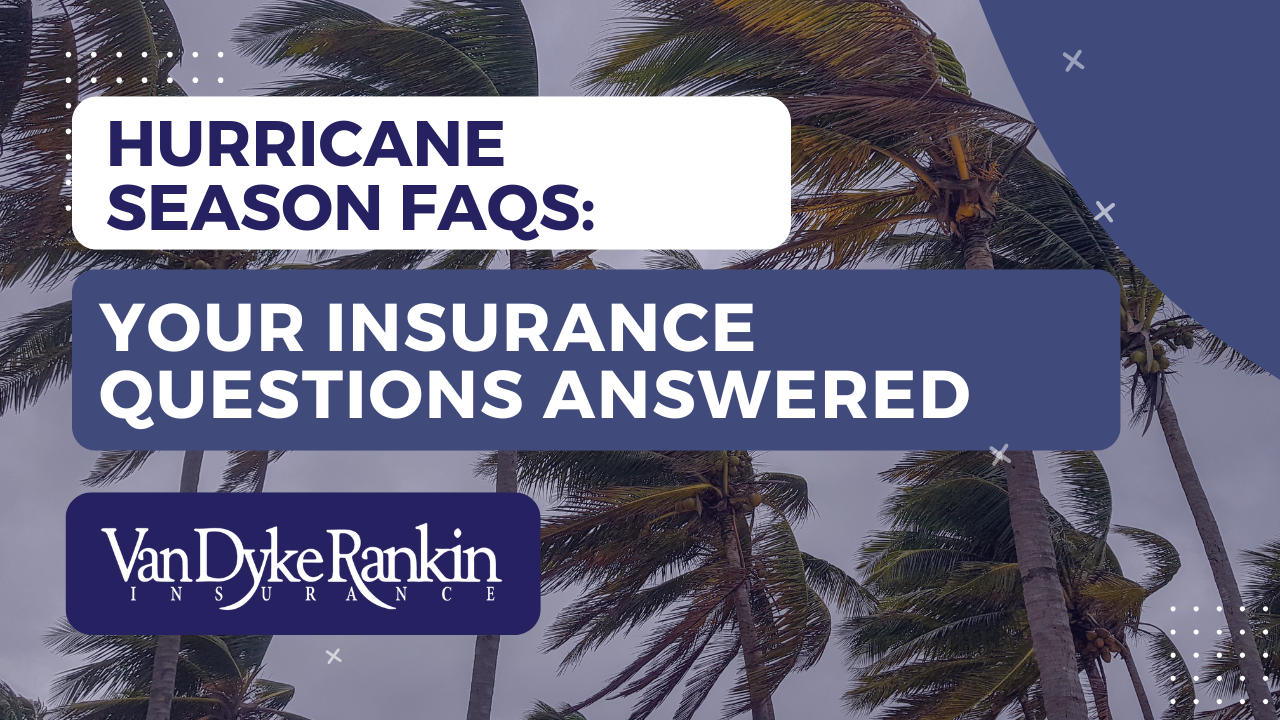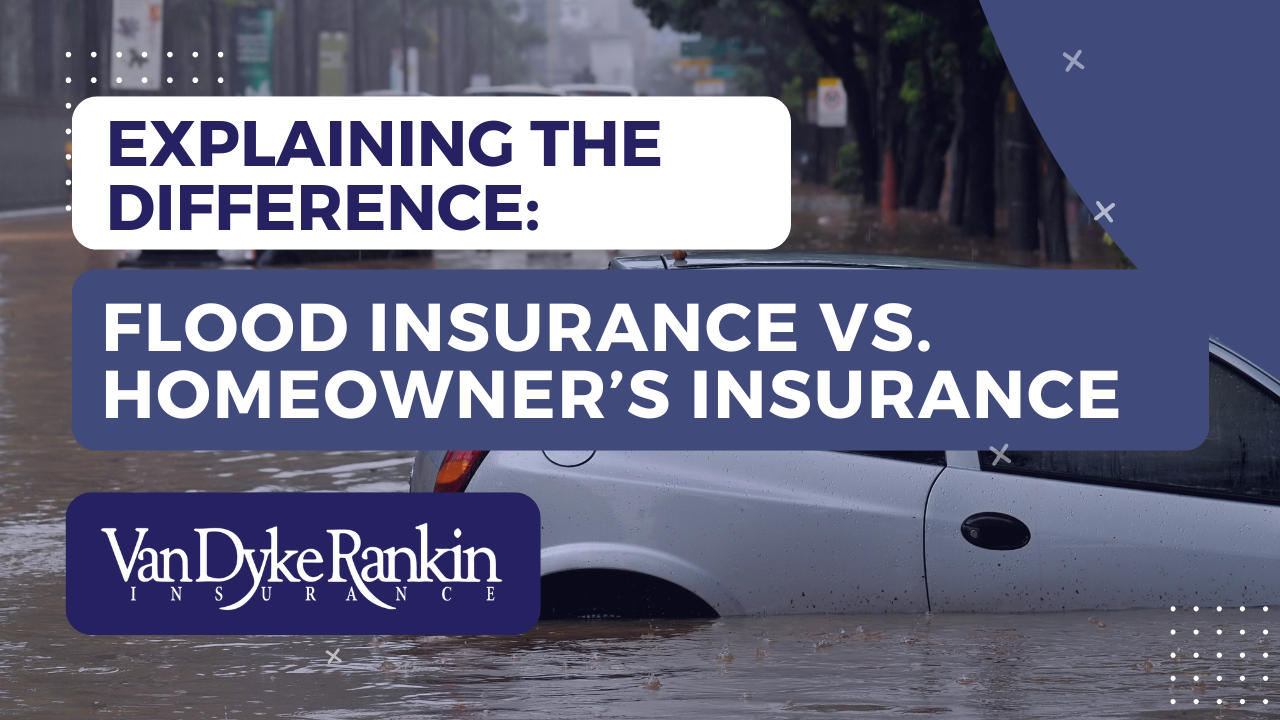

Auto insurance isn’t a one-size-fits-all solution. It’s a customizable safety net designed to protect you and your vehicle from a range of potential risks. To decode the world of auto insurance effectively, it’s crucial to understand the various types of coverage available. Let’s break down the most common types:

Liability Coverage
This coverage is often mandated by law and typically divided into two parts: bodily injury liability and property damage liability. Bodily injury liability covers medical expenses for injuries caused to others in an accident you’re found responsible for, while property damage liability covers damages to others’ property. Beware of State Minimum limits as with the cost of vehicles today, they may not be enough to cover you.
Collision Coverage
Collision coverage helps pay for damages to your vehicle if you collide with another vehicle or object, regardless of fault. It’s especially beneficial for repairing or replacing your car after an accident.
Comprehensive Coverage
Comprehensive coverage protects your vehicle from non-collision incidents such as theft, vandalism, natural disasters, or hitting an animal. It’s an additional layer of protection beyond collision coverage.
Uninsured/Underinsured Motorist Coverage
This coverage steps in if you’re involved in an accident with a driver who doesn’t have insurance or doesn’t have enough coverage to pay for your damages. It covers medical expenses and damages to your vehicle.

Understanding the different types of coverage that exist is crucial when picking a comprehensive insurance policy that best suits your needs. It’s advisable to consult with insurance agents to determine the right coverage for your specific situation. Contact Van Dyke Rankin Insurance for guidance. Real. Local. Savings.




